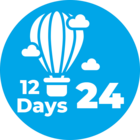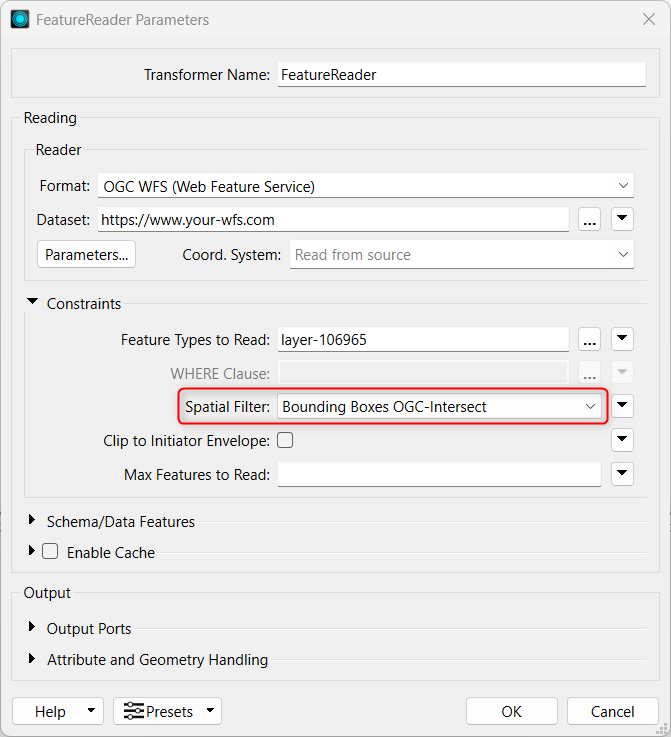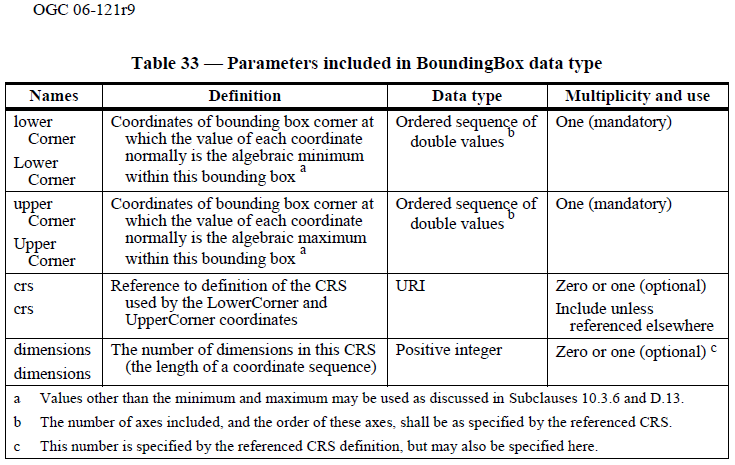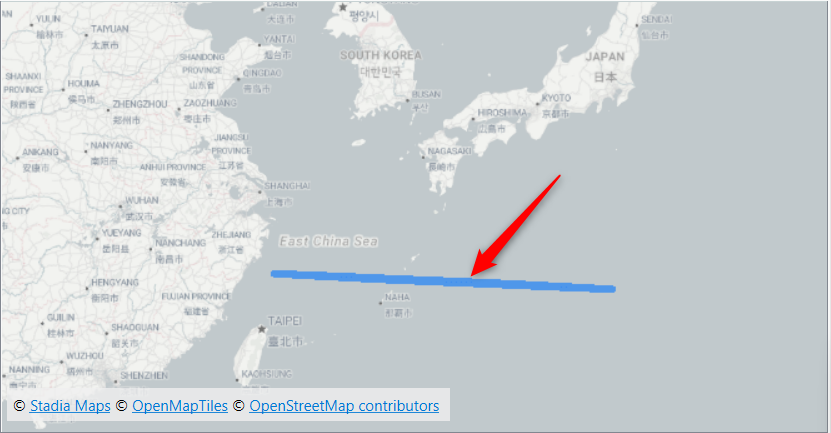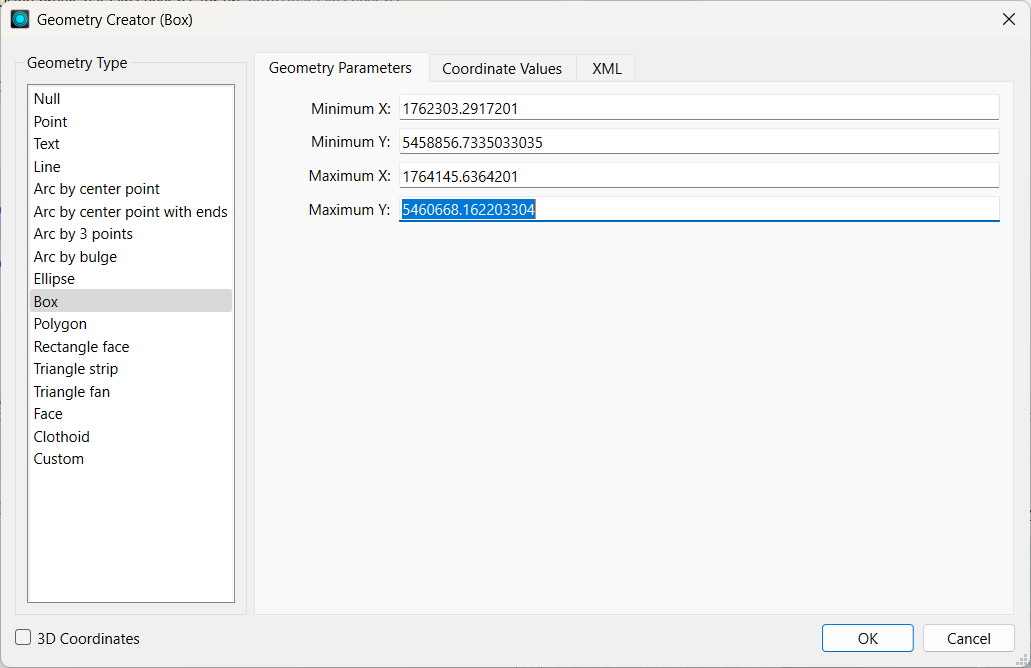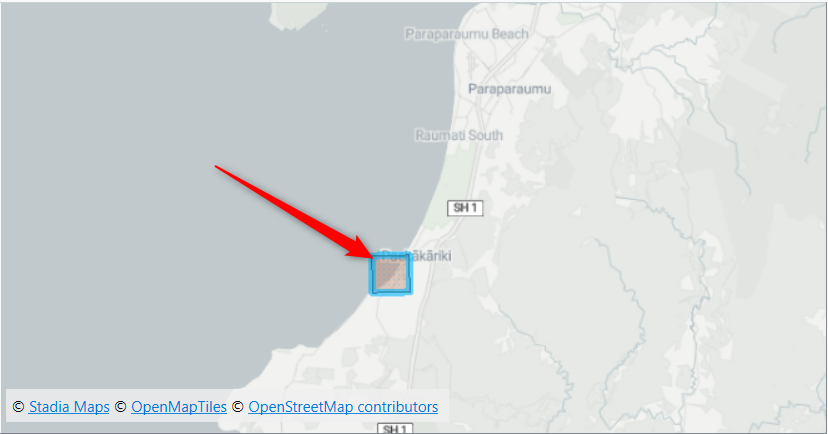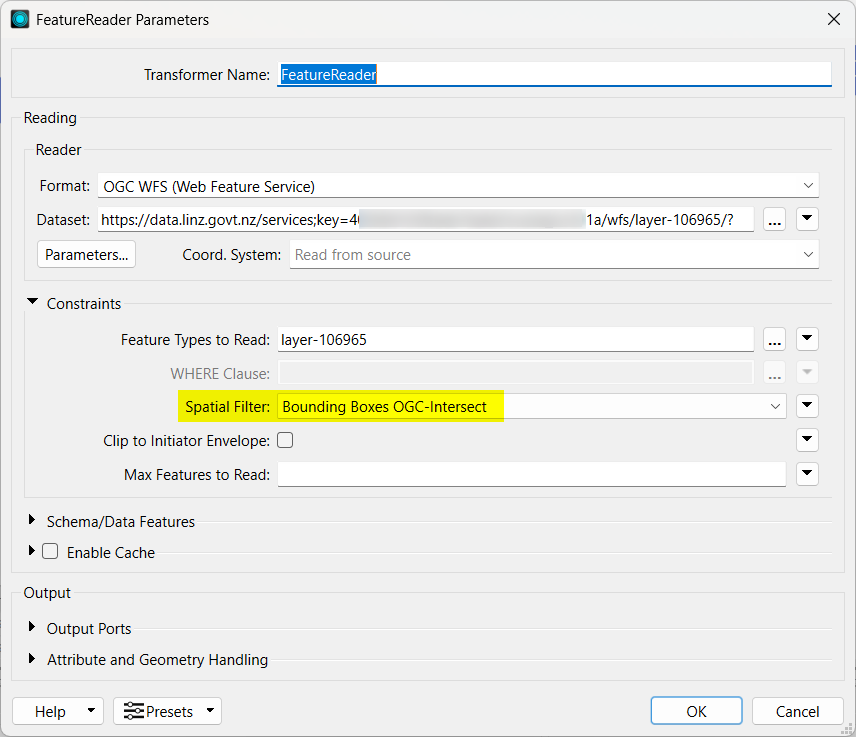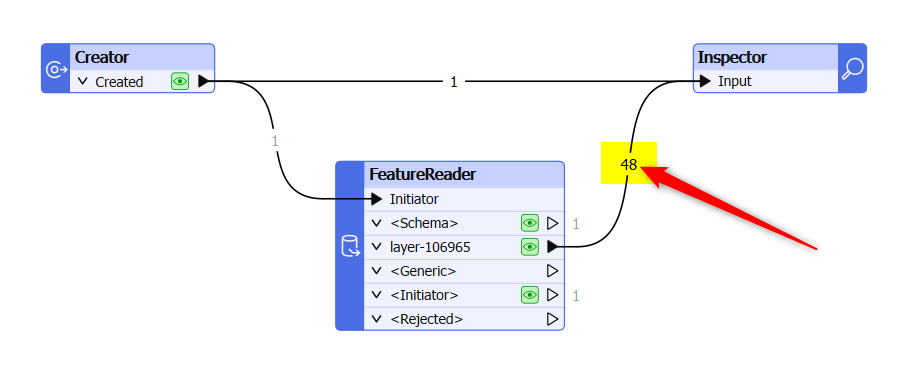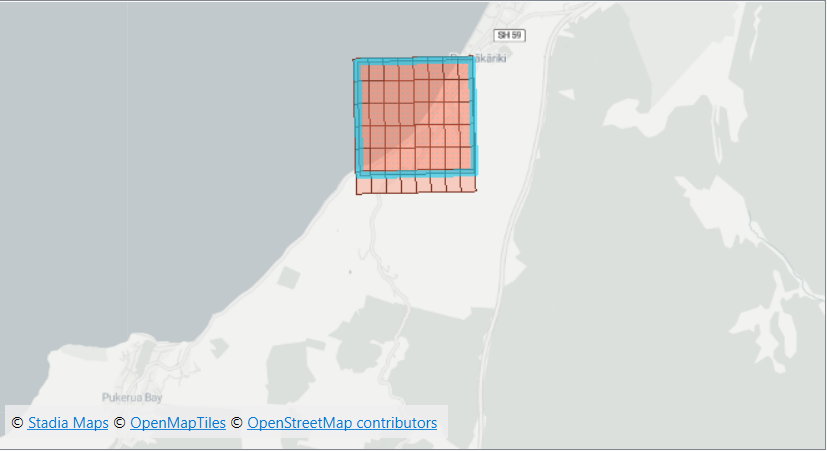Hi,
I’m trying to use the OGC WFS FeatureReader to read in features based on a dynamic URL stored as an attribute. This is because in the URL link, I want to have a bounding box parameter that changes based on the extent of another dataset. I.e., I only want to read in the features that are within the bounding box of another dataset.
I’ve set up an attribute “URL” that contains the bounding box parameter.
When I hard-code in the URL with the bounding box parameter into the FeatureReader, it works as expected and reads in only the features within the bounding box.
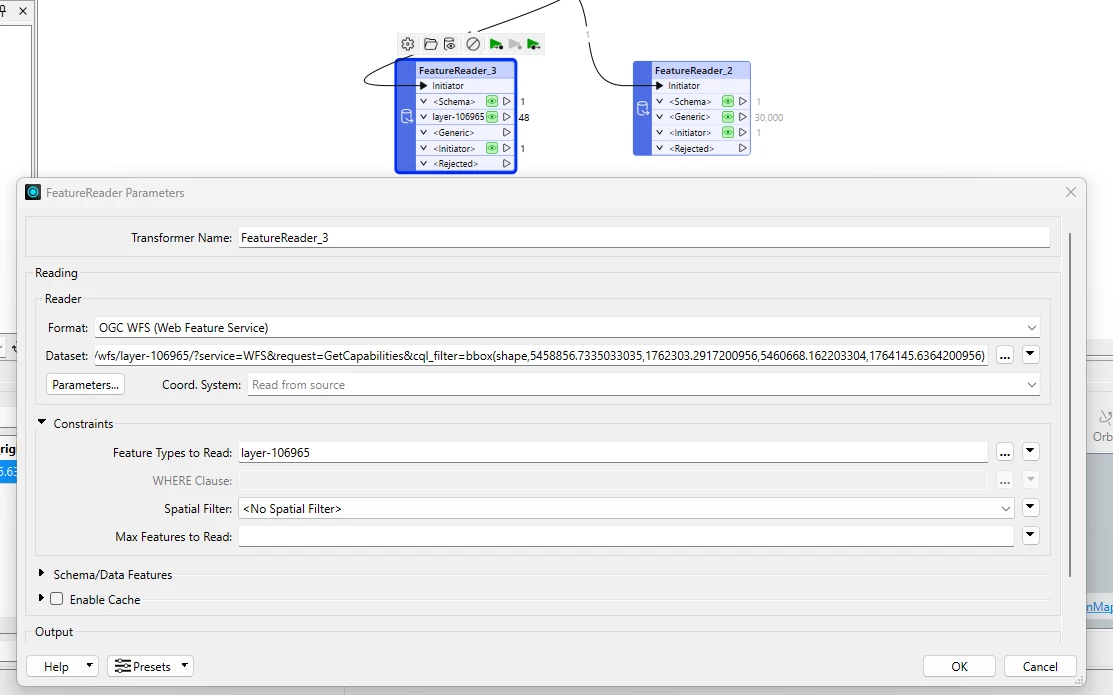
If I replace the URL with the dynamic “URL” attribute, it ignores the bbox parameter and reads in everything. I
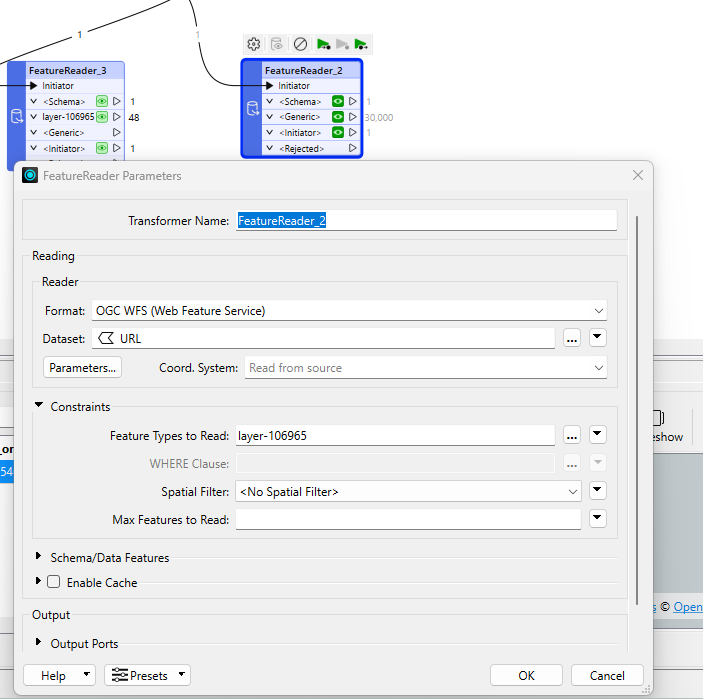
And yes, I’ve confirmed that the dynamic URL attribute is exactly the same as what I’ve hard-coded into the FeatureReader that works. Does anyone have any idea how I can fix this? Or any other ways I can read OGC WFS features with a dynamic bounding box?
I’ve tried the Spatial Filter parameter in the FeatureReader too and I can’t get it working. Would prefer dynamic URL requests in case I want to add more parameters though.
UPDATE:
I haven’t changed anything between the two FeatureReaders but now I can’t get either of them to filter by the bounding box parameter. On the other hand, hard-coding the URL into a normal Reader works perfectly every time.


